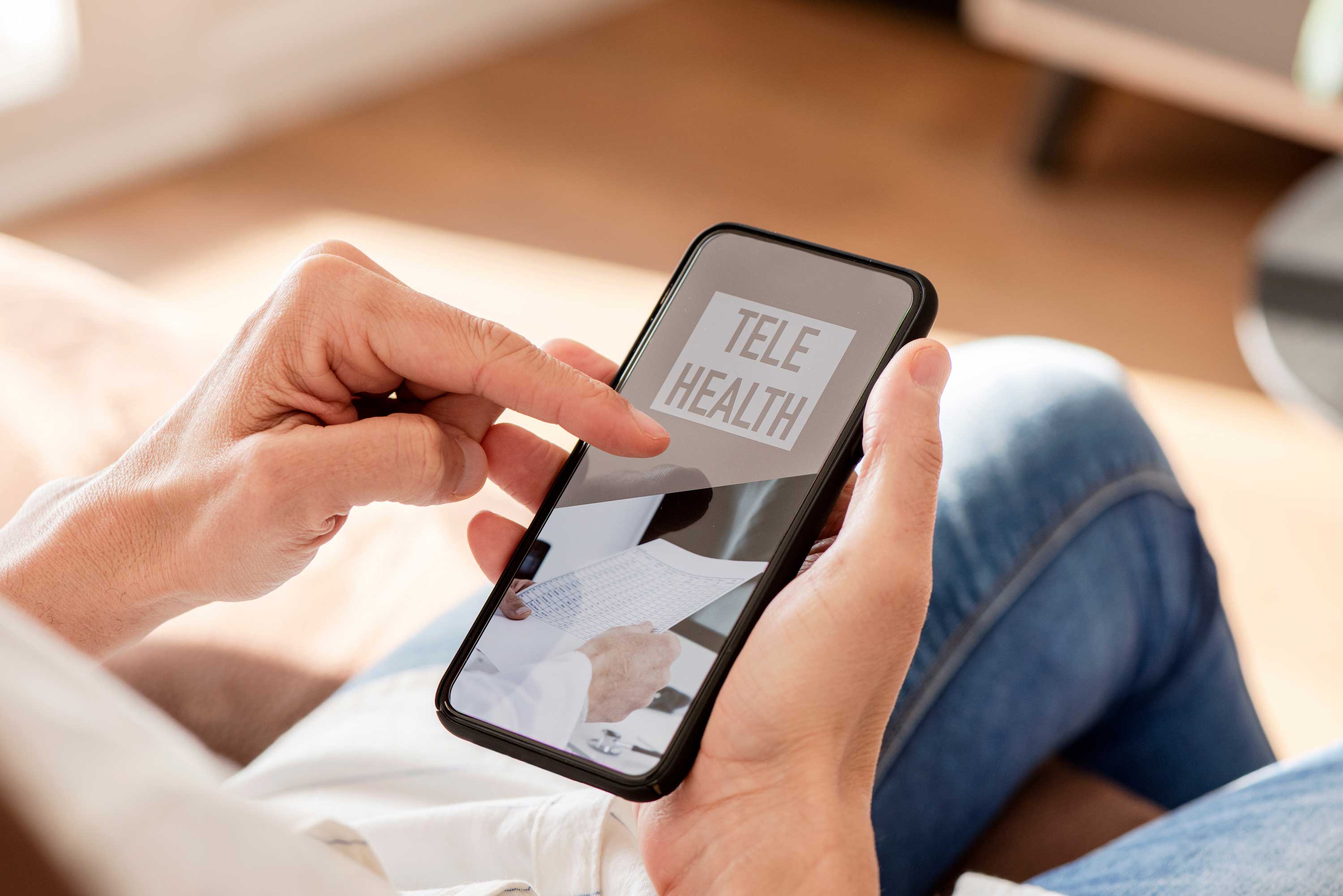
Patient no-shows & missed patient appointments are a growing concern for healthcare providers
The explosive rise of telehealth and healthcare consumerism haven't come without their downsides—chief among them rising patient no-show rates and missed appointments.
According to an MGMA Stat poll, 49% of respondents said patient no-shows have grown since 2021. That comes on the heels of a prior MGMA poll, where 44% of respondents said no-shows were their biggest challenge regarding scheduling for their medical practice.
As opportunities for patients to schedule their own appointments digitally—and meet with physicians online—have increased, so too have patient no-show rates. More patients are scheduling appointments, and more patients are missing appointments. What happens when you miss an appointment?
When patients miss scheduled appointments due to forgetfulness, apathy, or something else, it negatively impacts the provider’s entire operation. Excessive no-show appointments and missed appointments eventually ripple down to service quality.
In an increasingly competitive market, healthcare providers rely on service quality to stand out to consumers. The consequences of patient no-shows and missed appointments are therefore quite steep:
- Lost revenue.
- Staffing strain.
- Imbalances in supply and demand.
- Excessive outbound and inbound phone calls to reschedule the missed appointment.
- Lost resources and hours, which pummel utilization and productivity.
- Sluggish scheduling processes.
- Increased patient waiting time.
- Inability to effectively serve established patients.
Why do patients no-show for appointments?
Patients miss appointments for a variety of reasons:
- Rising popularity of patient self-scheduling: Digital self-scheduling is hugely beneficial for both providers and patients, but it comes with a problem: Patients who self-schedule online, particularly first-time patients, feel less pressure to show up for the appointment because they know that, if they miss it, they can just go back online and schedule another appointment. Thankfully, there are several solutions to this problem.
- Lack of loyalty and trust: Patients are far more likely to honor appointments, and to notify you beforehand if they can’t make it, if they respect and trust you. Patients value the time of providers whom they hold in high-regard. Increasingly, patients are placing their loyalty to the organization and not just the individual provider.
Organizations and providers who don’t build trust and loyalty are often plagued by no-shows. The patient feels no sense of responsibility to honor their commitments with these providers. - Online apathy: The internet and smartphones have made life remarkably convenient, but their explosive rise hasn't come without challenges, including online apathy.
Online apathy describes the phenomenon of people, over the internet, behaving in ways that they wouldn’t otherwise in real life. Think of “ghosting” someone on a dating app. No-shows are the healthcare equivalent of ghosting. - Forgetfulness: Life is busy—and sometimes patients forget their appointments. There are several easy fixes for this problem.
- Disengagement: The United States has astonishingly low patient engagement rates. Disengaged patients are more likely to miss appointments.
How to reduce no-show appointments
There are a variety of strategies that healthcare providers can implement to reduce missed appointments:
#1: Calendar invitation
Sending patients calendar invitations, via Gmail and other channels, lowers no-show rates. Particularly among professional-class patients, this reduction can be as high as 25%. When the patient accepts the invitation, the scheduled appointment auto-inserts into the patient’s personal calendar. The professional-class tends to keep a calendar and review it, and therefore are more likely to remember the appointment and show up for it.
#2: Reminder calls & appointment confirmation calls
Having staff scrub the list and call patients beforehand can really help. In fact, calling the patient and keeping them in the loop throughout the entirety of the scheduling process can also strengthen patient loyalty. And loyal patients are less likely to miss appointments.
This is our second recommendation—because it works—but there is a downside: Pay someone to make outbound calls, or invest in an auto-dialer that patients find annoying. Be warned: This manual intervention can leave providers stuck in the Staffing Trap.
As such, we tend to prefer automated solutions, but not everyone has those available.
#3: SMS & email reminders
For those who do have automation, like healthcare CRM software, providers can send patients automated appointment reminders via text and email—and this works wonders to reduce patient no-show rates—with almost no effort.
#4: Include "cancel" and "reschedule" options
This takes the last tip and makes it even better. If you have a digital patient self-scheduling platform (and if you don't, you should, because the benefits are immense), your text messages should include "cancel" and "reschedule" options for the patient. That way, the patient can take one of those two actions rather than simply not showing up for their appointment.
Patients dislike the hassle of calling to reschedule or cancel. Or they intend to, but they forget. Or they start to call, but they are on hold for too long and have to drop to do something else. Including reschedule and cancel options directly inside the text message provides optimal convenience.
Even better is automated waitlist functionality, which can fill canceled or rescheduled appointments for you.
#5: Warn that you will bill if they cancel late or no-show
Missed appointments are essentially revenue and resources flushed down the toilet. You should therefore create and enforce a no-show policy that makes it clear to patients—particularly to habitual no-show patients—that missing their scheduled appointments, without notifying you beforehand, will result in a no-show fee. This has been proven to reduce patient no-show rates.
#6: Take payment up-front
Taking payment up-front is an excellent way to lower patient no-show rates, for obvious reasons: Patients don't want to miss appointments they've already paid for.
In fact, taking payment up front has a bigger effect on patient no-shows than anything else on this list. Then why do we list this tip 6th? Because it comes with two substantial trade-offs. First, many organizations don’t have the ability to take initial payment right away. Second, it adds a barrier to scheduling that lowers the crucial scheduling conversion rate.
#7: Reduce lead-time between scheduling & appointments (healthcare CRM software facilitates this)
Patients should be booked with the soonest possible appointment. AI-powered scheduling software helps accomplish this by creating an equitable and 100% accurate distribution of appointments.
Every week that you lower the lead-time between scheduling and the actual appointment reduces the chance of no-shows by 10-15%. It just makes sense that patients are more likely to remember appointments that are scheduled a few days in the future rather than several weeks or months in the future.
#8: Facilitate transportation arrangements
Something we’ve seen work well, particularly for the Medicare and disadvantaged patient population, is arranging transportation. There are services that will help you do this—and it can greatly reduce no-show rates—because some patients don't have the resources, or even the physical ability, to get themselves to their appointment.
What do you say when a patient no shows?
This depends on your no-show policy. If you don’t have a no-show policy, you should create one.
If your no-show policy includes a mandatory no-show fee, then you need to tell the patient, beforehand, about this no-show fee. This incentivizes the patient to attend the appointment.
If your policy doesn’t include a no-show fee, then patients who miss appointments should be contacted immediately after the no-show. They must be made aware there will be consequences if it happens again.
Also, the self-service portal where patients schedule their appointments should include a note—a clearly visible note—that explains how harmful no-shows are to your operation. Many patients are simply unaware of the pernicious problems that no-shows create for providers.
Benefits of reducing patient no-shows for healthcare organizations
Each tip above, by itself, can lower your no-show rate by 5-20%, but we don’t recommend trying them one at a time. We advocate building as many of these into your regular operations as you can.
Just think of the relief you will feel, and the respect you will get from providers, when you lower your no-show rate to minimal levels. You will also save precious resources—and see improved satisfaction from all stakeholders.
Lowering your organization’s no-show rate will ensure your operation performs at peak efficiency every single day. Not only will physician and patient satisfaction rise; so will revenue.
Reducing patient no-shows is crucial for healthcare organizations. All appointment no-shows should be addressed promptly to minimize their effects. The negative effects of no-show appointments include lost revenue, decreased efficiency, and longer wait times for other patients. When considering what are possible actions when a patient misses an appointment, providers should have use the above methods to avoid, methods to mitigate, and a clear policy to communicate. This policy should outline what happens if you miss an appointment, such as potential fees or restrictions on future scheduling.
To learn more about call center scheduling, check out our blog: “How Clinical AI Answers Healthcare Call Center Staffing Shortages.”
Posted By

Stephen Dean is COO of Keona Health, where he’s spent 13 years building AI systems that transform patient access. Before “agentic AI” was a term, his team was deploying autonomous systems that now handle millions of patient conversations annually.
Related Post
September 13, 2024
the power of optimized patient self-scheduling imagine a healthcare practice where...
August 31, 2023
is your healthcare system plagued by hellish patient access processes? if you're...



